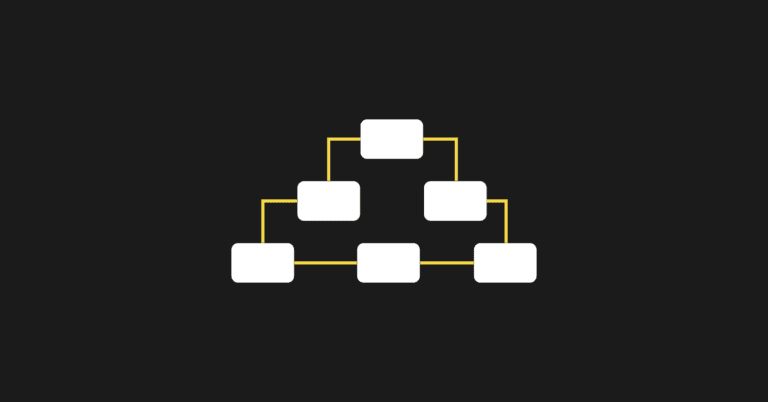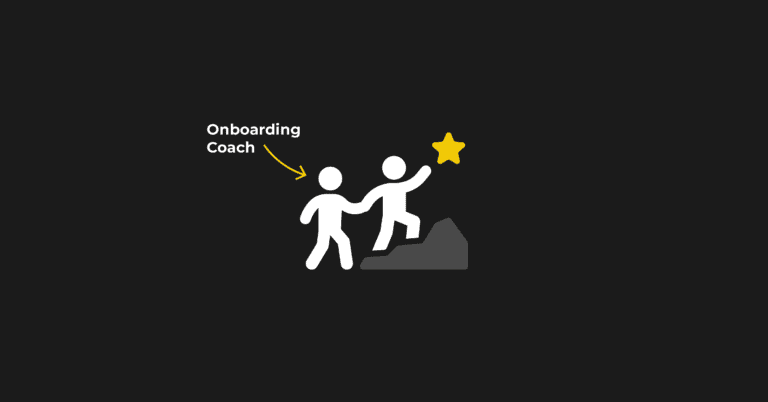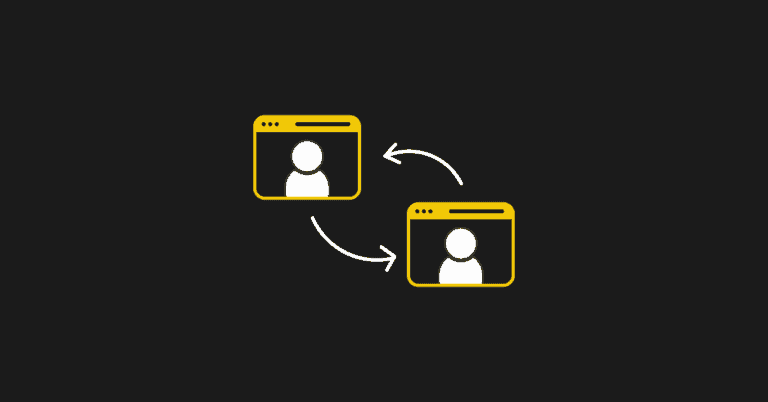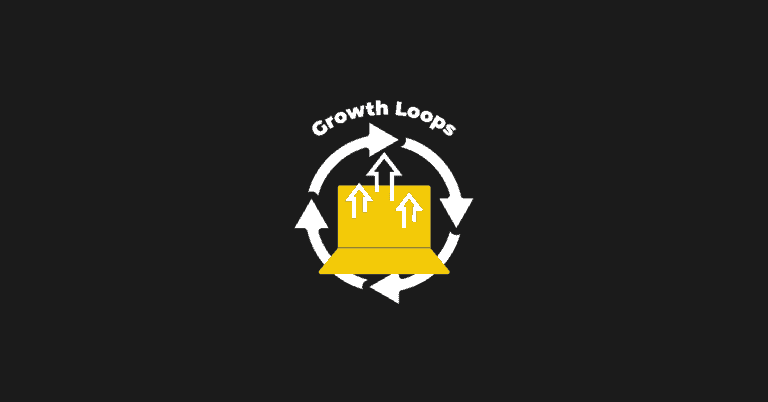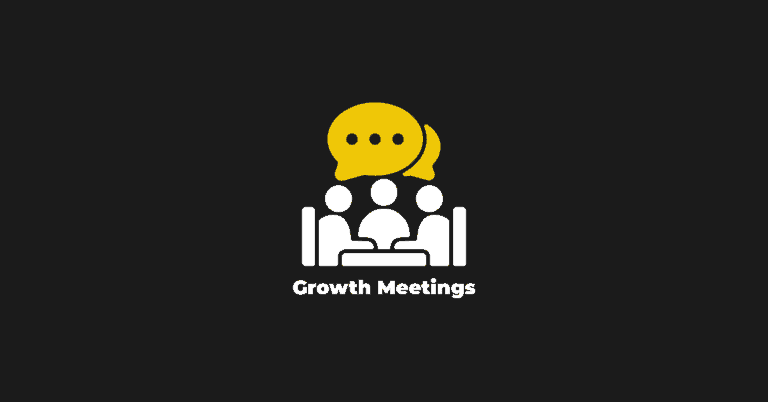There's no blanket approach to onboarding. You won’t find a playbook that applies to every product-led organization. Instead, onboarding should be highly personalized for your product and the users you serve.
But if you want a set of rules, these are the top three I’d take away:
- Start for the sake of progress, don’t strive for perfection right away.
- Try to cater to each individual’s needs and learning style.
- Continually optimize for your customer and company needs.
Make sure your organization understands the true value of customer onboarding and just how powerful it can be.
How Onboarding Started at Sprout Social
At Sprout Social, we are trying to help our customers build and grow stronger relationships on social media. We want to help you (or your company) understand, reach, and engage with your audience. While we help you engage with your community, we also want to make sure we are keeping track of engagement across all of your social channels. All in one platform.
What Does a Good Customer Onboarding Experience Look Like?
In my two years at Sprout Social, I was part of the evolution of an intuitive product. We built it from the ground up to be easy to use so that our customers can get value right off the bat.
Our design and product teams ensure that the decision they’re making actually puts the customer experience first. So every part of the application is designed with that customer experience in mind.
That served us really well until our customer needs became more complex as the product offering has evolved. We added a lot of valuable features into the app, like advanced listening and premium analytics products. They wouldn’t be useful if customers didn’t know how to use the features to their full potential.
We knew we needed to improve the customer onboarding process to ensure our users were unlocking all of the value in the app. And hopefully, solve all the problems that drove them to come to us.
1. Aim for Progress, Not Perfection
If you have an idea, start to ideate and get moving. Once you start to get some results, you can build off those towards a solution that solves some real problems. To start this process, I wanted to get the best people I could find into a room.
Now, you don't really know who exactly the “right people” are at this point (we’re operating with the understanding that it won’t be perfect right away). So we got as many departments as we could to sit around a table to collaborate on a strategy. We had people from Design, Product, Engineering, as well as customer-facing teams together during this stage.
The Importance of a Cross-Functional Onboarding Team
Onboarding is a company-wide effort. The simple truth is that good customer onboarding won't work unless you have the support and buy-in from all angles of your company, including senior leadership.
So after the initial cross-department meeting, we formed what we now call our “Onboarding Guild.” This is just a fun name for our cross-department group of folks that are all focused on onboarding.
Participating in the Onboarding Guild is on top of what they're already doing in their respective departments. This diversity is ideal because we bring different perspectives to focus on how we solve the ongoing onboarding challenge.
It was important that we also share the concept of how to improve the customer onboarding process with everyone else at the company. To get value out of all the work we put into understanding and defining customer onboarding, we had to ensure every department understood why we were doing this. So they can see the true value it provides our customers.
Welcome evolutionary processes
Aiming for perfection will lead you astray - there is no perfect way. Perfect is the enemy of good. So don't get so stuck in a strategy that will limit execution and results. You can and should be rolling out iterative improvements.
The easiest and fastest approach for us was one-to-one onboarding sessions, to start. Then, as we saw progress with actual customers (and metrics looking good), we could single out the parts that were working really well.
Choosing the elements that had the most engagement or best interactions created the bedrock for our webinar program. We took the highlights and built them into interactive learning tools. Then, we added more resources so that we could cater to many customers with different learning styles.
2. Every Customer Learns Differently, so Cater to Many Learning Styles
The question of customer onboarding brings with it more questions that look at defining it, measuring success, and the jobs-to-be-done. At a high level, we landed with: what are the steps we are taking to help our customers realize the value of our platform? And, more importantly, realize the value of the problem they are trying to solve.
We started by mapping out the steps to get to that realization of value, recognizing that people may need different pathways to get there.
For example, here’s what mapping out Canva’s onboarding looks like:
Not every customer learns like I do. That's a really important lesson to learn early on because you'll likely have customers with different needs. Realizing this entails putting yourself in your customer’s shoes: some might love videos, while others prefer to read articles.
A great way to do this is to ask questions during the onboarding process and check in with users to hear (during the process) what’s going on for them.
I would not recommend trying to shove onboarding into a specific timeframe. Onboarding should never really stop. Don't feel the pressure to jam EVERYTHING into those early moments. Just the parts that address the customers immediate needs and pains. If you show them that value early, they'll come back for the rest in due time.
You're going to add new users. You're going to add new features. Your customers’ jobs-to-be-done could change over time. So your program and your product should be ready to keep up with those changes.
How Sprout accommodates different learning styles
We've done well at Sprout to ensure that regardless of which pathway you're on, it's a uniform content stream. It's the same learning, regardless of the path a customer takes to cater to their needs.
We offer on-demand learning content, one-to-one onboarding, live webinars, and more to accommodate as many learning styles as we can. Developing our live webinar sessions was a huge milestone, and it actually gets customers in front of the product.
Webinars are featured based on Sprout’s use cases, such as publishing and engagement, social listening, and advanced analytics and reporting. These are our three main use cases, so we highlight them through onboarding.
Throughout the live demo, we also ask questions and chat with customers to ensure we’re meeting the needs of those particular users in the webinar. Making it personalized and catering to each person's needs moves each user closer to realizing the value of Sprout.
3. Continually Optimize Onboarding
When defining customer onboarding, we recognize that it can be different depending on the stage of your company, what you're trying to solve, or the type of product you're trying to onboard for. This is why you need continuous optimization.
One-to-one onboarding was the quickest route to get Sprout’s onboarding off the ground. And at first, it wasn’t perfect.
We went from five or six calls over 30 or even 60 days to a structure where we had two to three more essential calls in a much shorter time frame. By adopting the mindset of asking questions, we learned from users what they’re actually trying to solve for. Then we tailored the onboarding to meet that experience.
After optimizing the one-to-one onboarding programs and taking the best parts, we partnered with our marketing teams to design the live webinars. Our live webinars are a great example of how we optimized as we pushed the project forward.
After a couple of days, we had something up and running. Now we run live webinars multiple times a week.
By starting the project quickly, we were able to see value and traction and promptly worked with other teams to integrate the onboarding experience. We partnered with the Product and Design teams to map out what the in-app onboarding experience would look like. They looked at the learnings from our one-to-one sessions and webinars and figured out how to incorporate those into the design and functionality aspects of the tool.
The Design, Growth, and Product teams have made sure that the various modules, pop-ups, and guides flow well together. Without compromising the user experience, they guide users through the tool to drive them to that same value realization, even if they take totally different routes to get there.
The goal post we’re aiming for is to unify our onboarding funnels. And we do that by capturing information from our users’ experiences and optimizing for improvements.
What it takes is actually listening to our customers, reading survey responses, reading feedback and product feedback, and focusing on customer pain points. With well-rounded feedback, we are continuously operating in a state of optimization.
Get all your teams on the same page for stellar onboarding
All our customer feedback and insights have to go somewhere to be of any use. So we share everything relevant with the stakeholder teams that will help us continually improve our customer onboarding processes.
The Success and Support teams ensure that meaningful interactions continue throughout the lifecycle. Then we can incorporate the logic into in-app onboarding. We can set customer expectations early in their life cycle, knowing that we can meet those expectations.
The welcome emails, in-app notifications, and all other touchpoints are synced. This seamlessness traces back to the early days when we explained onboarding to the entire organization and ensured every team understood the importance of integrating teams for onboarding.
The Onboarding Guild meets on a bi-weekly basis now, just to check in on any ongoing sprints or projects or provide updates. We also incorporate a broader group, including executive leadership, into a monthly check-in.
The point being: all teams are aware and continually work together to improve the customer onboarding process.
Ultimately we are never forgetting that the way we're building and optimizing the program is actually in line with our business and customer goals. Integrating multiple teams keeps that uniform conversation moving forward within the organization and for our customers.

